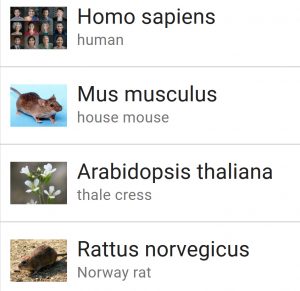Research metrics can often be helpful when evaluating the impact of scholarly output, whether analyzing the influence of an individual article or the collected work of a group of researchers. Metrics have been used to support tenure and promotion, add value for grant applications, as well as to find collaborators in a particular field. Keep in mind, however, that research metrics do have some limitations. To ensure that metrics are being used responsibly, consider the following best practices.
It’s important to use more than one research metric to tell the whole story, and a good example of this is the article citation count. At first glance, if an article has been cited more frequently than others, it might be assumed that it’s a highly influential work. However, a citation is still a citation, even if a paper is cited in a negative light. This is why it’s important to use several different metrics to provide as much context as possible. Since most citation-based metrics are solely quantitative, using Altmetrics can be a helpful way to see how people are engaging with a work on social media platforms, news outlets, and citation management programs such as Mendeley. Continue reading

 There are challenges with downloading genomic data. File sizes are large, and it can be time consuming to retrieve multiple files. Sometimes downloads fail. A custom script may be required. Fortunately, a solution to all of these frustrations is now available—
There are challenges with downloading genomic data. File sizes are large, and it can be time consuming to retrieve multiple files. Sometimes downloads fail. A custom script may be required. Fortunately, a solution to all of these frustrations is now available— Whether it be writing, knitting, painting, sculpting, acting, or singing, expressing yourself through the arts can be a therapeutic way to cope with these difficult times. Below are a few opportunities on campus and nationally to share your works—allowing others to be inspired, to learn from different narrations and experiences, and to even to heal.
Whether it be writing, knitting, painting, sculpting, acting, or singing, expressing yourself through the arts can be a therapeutic way to cope with these difficult times. Below are a few opportunities on campus and nationally to share your works—allowing others to be inspired, to learn from different narrations and experiences, and to even to heal. Michelle Burda, MLS, retired from HSLS in August. Michelle has served as Education and Health Literacy Coordinator for the Network of the National Library of Medicine, Middle Atlantic Region (NNLM MAR), since 2012. In 2000, she joined the HSLS faculty as Consumer Health Librarian at UPMC Shadyside. Prior to coming to Pitt, Michelle was Medical Library Director at UPMC St. Margaret and a Medical Librarian at UPMC Passavant. Before becoming a librarian, Michelle was a Clinical Microbiologist/Medical Technologist at Passavant Hospital for more than fifteen years.
Michelle Burda, MLS, retired from HSLS in August. Michelle has served as Education and Health Literacy Coordinator for the Network of the National Library of Medicine, Middle Atlantic Region (NNLM MAR), since 2012. In 2000, she joined the HSLS faculty as Consumer Health Librarian at UPMC Shadyside. Prior to coming to Pitt, Michelle was Medical Library Director at UPMC St. Margaret and a Medical Librarian at UPMC Passavant. Before becoming a librarian, Michelle was a Clinical Microbiologist/Medical Technologist at Passavant Hospital for more than fifteen years.